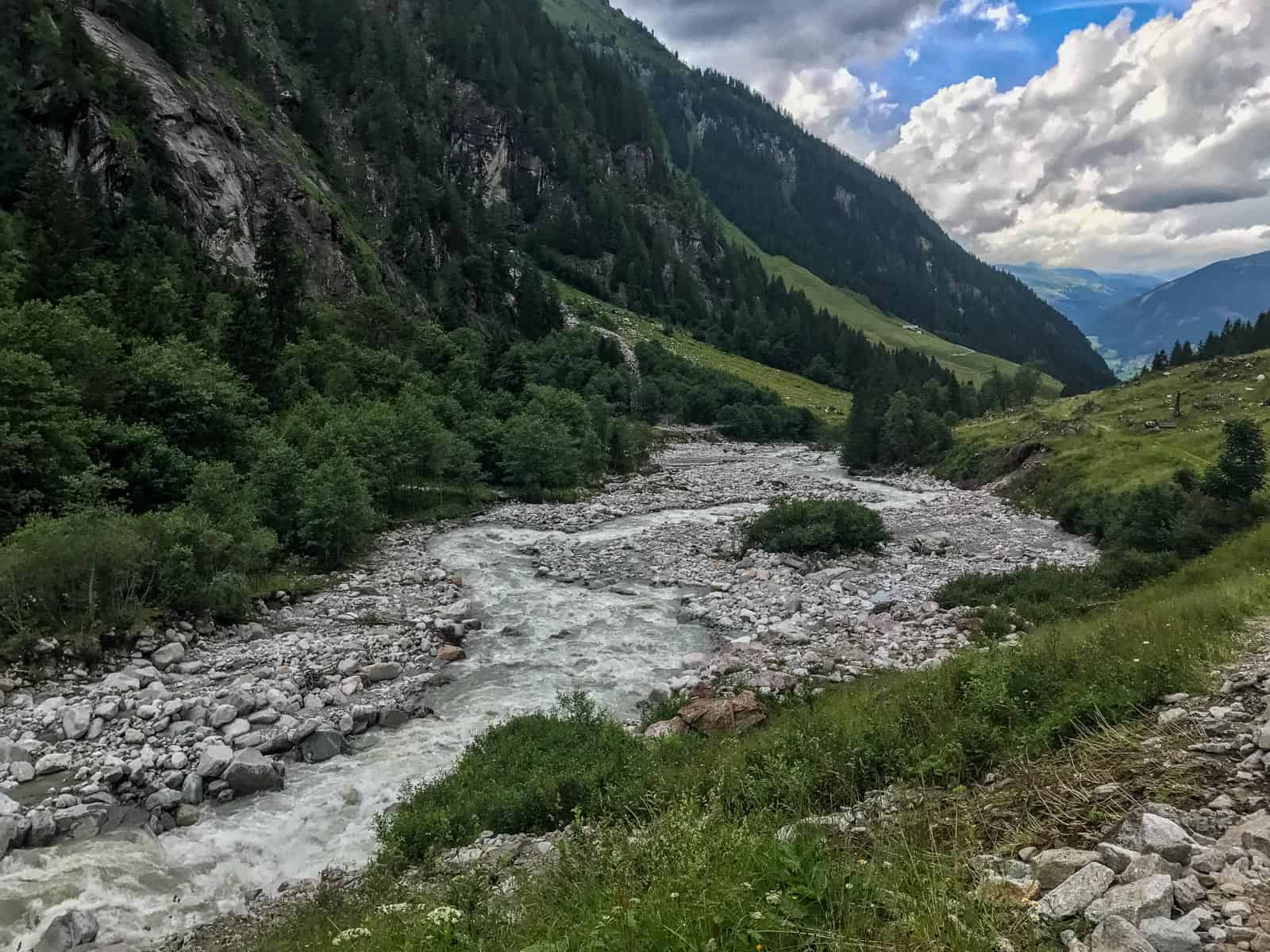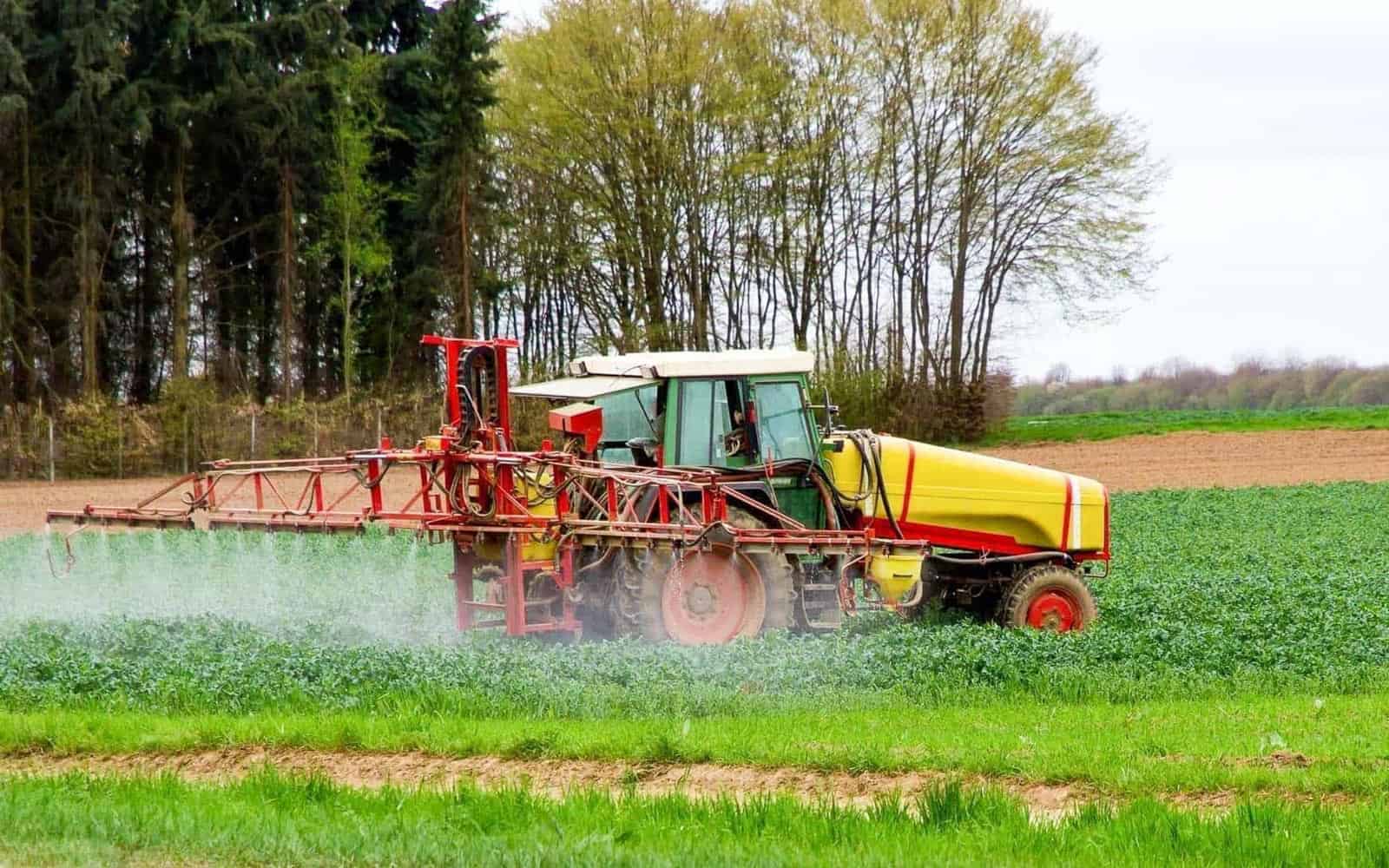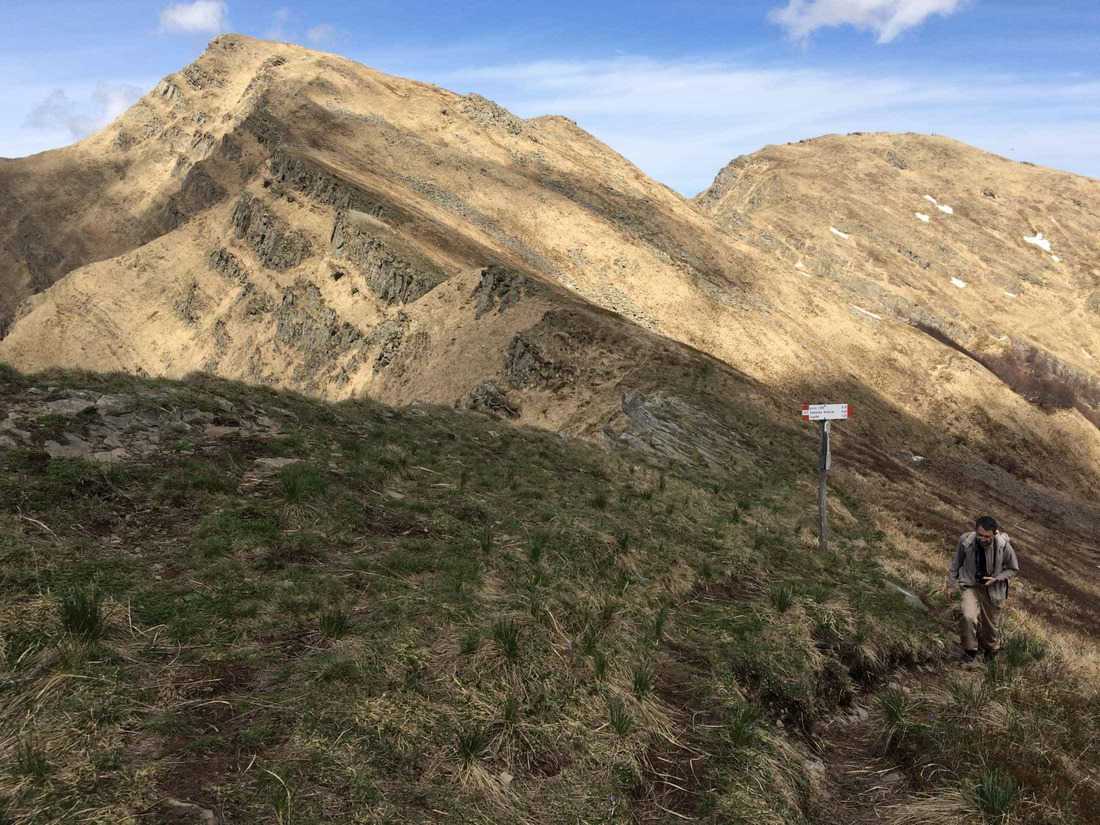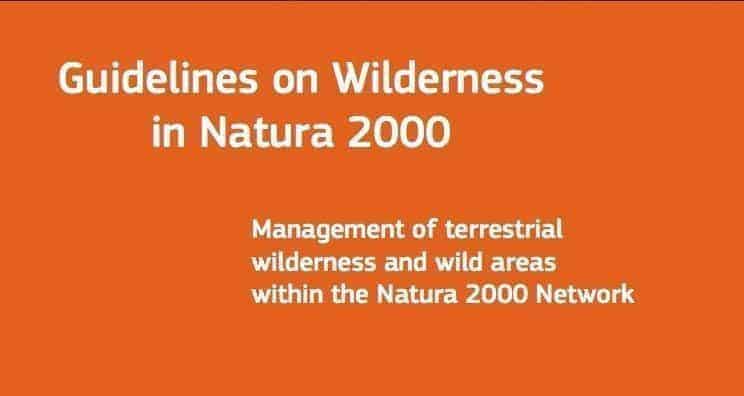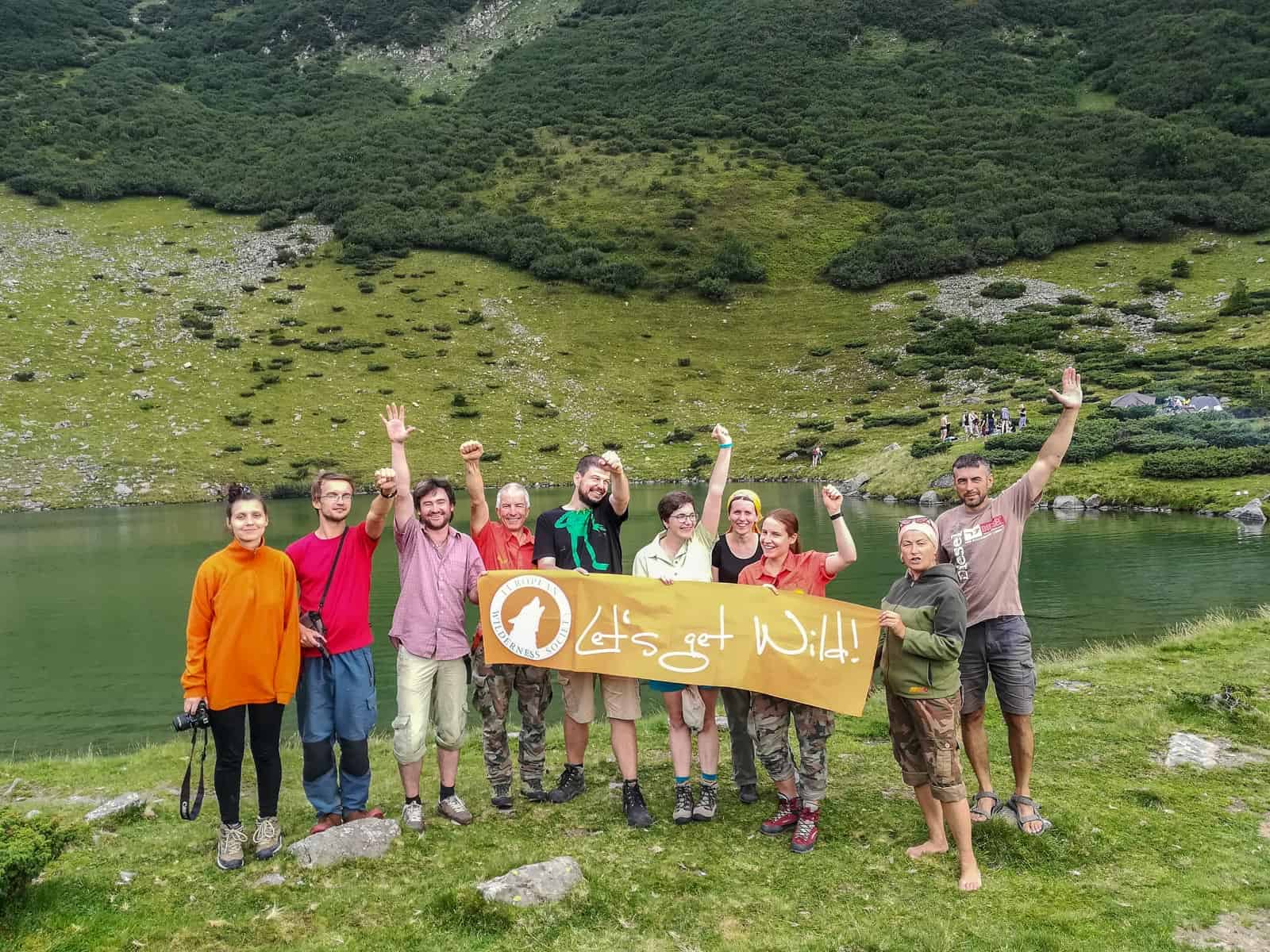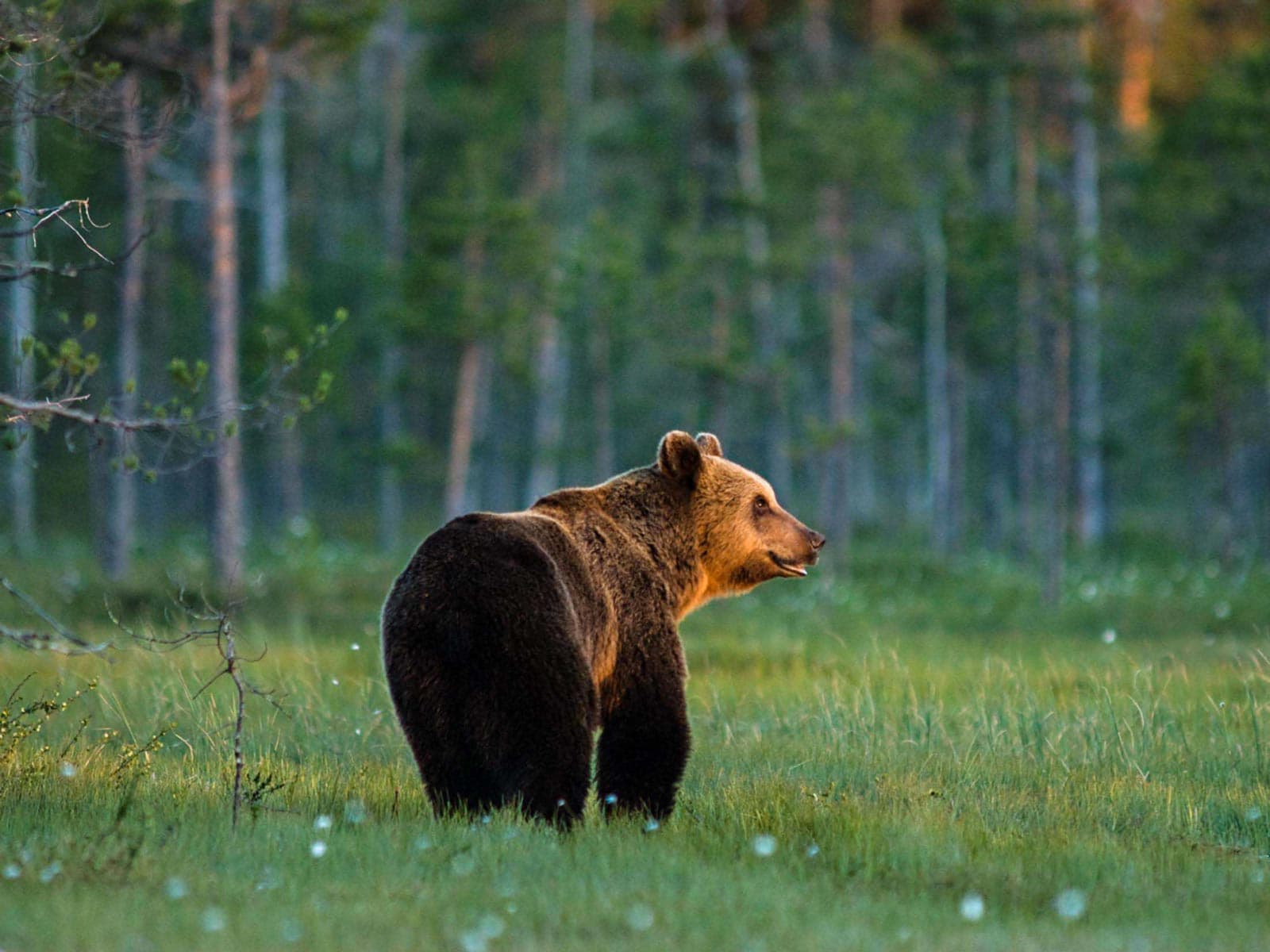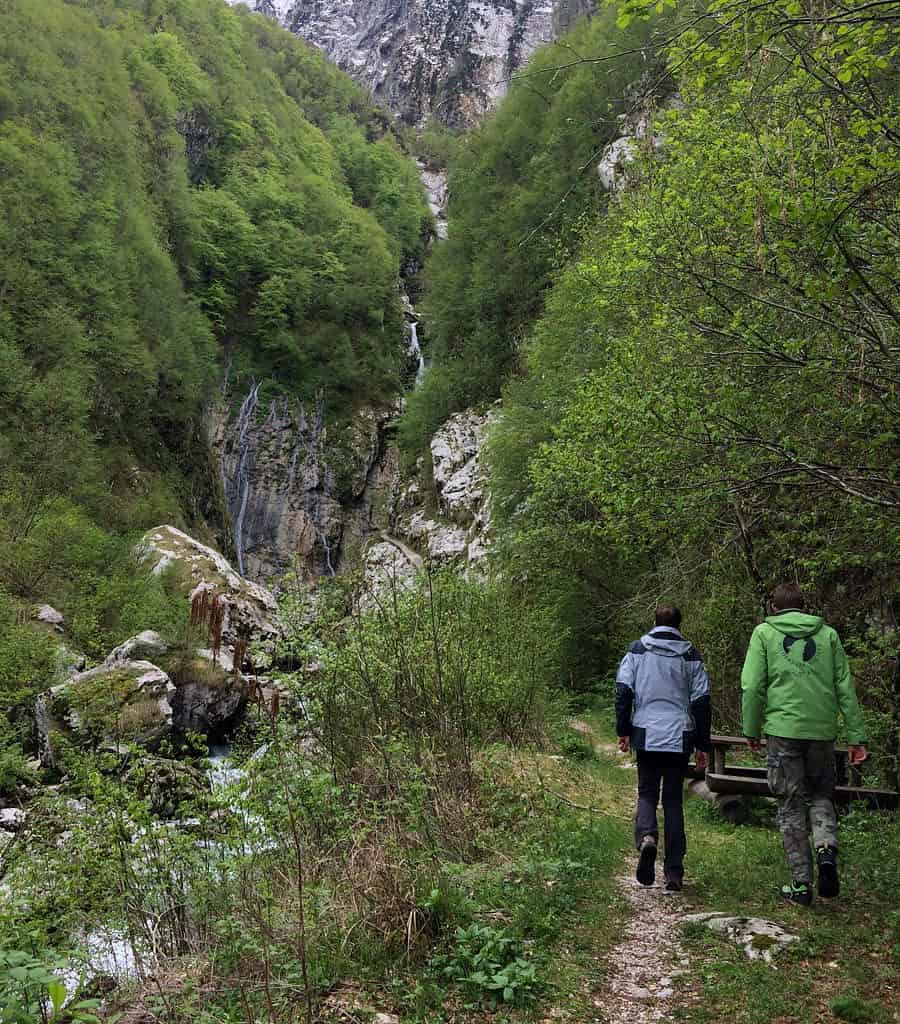The Economic Inequality of Protected Areas
The Walk on the Wild Side: Estimating the Global Magnitude of Visits to Protected Areas report from researchers in Cambridge, UK, Princeton, New Jersey, and Washington, DC, revealed that the world protected natural areas receive 8 billion visits a year creating a positive economic impact of their adjacent areas!
According to the authors’ estimate, this number of visits likely generates as much as US$600 billion of tourism expenditure annually in the adjacent areas of the natural sites. This huge economic impact locally exceeds the less than US$10 billion spent safeguarding these sites each year. This creates a huge economic unbalance between expenses and incomes linked to protected areas.
Insufficient expenditure for protected areas worldwide
Scientists and conservation experts describe current global expenditure on protected areas as “grossly insufficient”. They called for greatly increased investment in the maintenance and expansion of protected areas.
“It’s fantastic that people visit protected areas so often, and are getting so much from experiencing wild nature – it’s clearly important to people and we should celebrate that,” said lead author Professor Andrew Balmford, from Cambridge University’s Department of Zoology. He furthermore states:
“These pieces of the world provide us with untold benefits: from stabilising the global climate and regulating water flows to protecting untold numbers of species. Now we have shown that through tourism, nature reserves contribute in a big way to the global economy. Yet many are being degraded through encroachment and illegal harvesting, and some are being lost altogether. It’s time that governments invests properly in protected areas.”
For more information about the methodology of the calculation and citation, please visit the Plos open access website.

